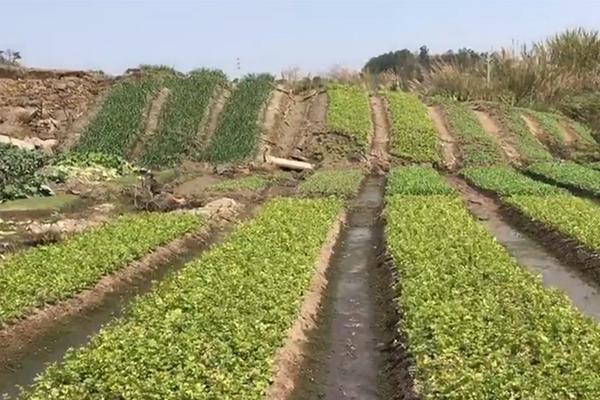臺(tái)風(fēng)溫比亞 英文,臺(tái)風(fēng)翻譯成英文

Understanding Typhoon Vanbya
Typhoon Vanbya, known for its strength and devastating winds, formed in the western Pacific Ocean. This particular typhoon was categorized among the more powerful storms of the season, showcasing the intensity that such natural events can reach. Typhoons are typically measured by their wind speed, the area of impact, and the potential damage they can cause. Vanbya, with its high wind speeds, was one of the storms that drew attention from meteorologists and the public alike.

This storm was officially recorded in the meteorological systems as a severe tropical storm that escalated into a typhoon within a short period. The rapid intensification of Vanbya posed challenges for forecasting tools, which is a common issue with tropical cyclones. Each typhoon brings with it a unique set of features and dangers, and Vanbya was no different.
The Impact of Typhoon Vanbya
The impacts of Typhoon Vanbya were felt across several regions, with heavy rainfall and strong winds causing widespread damage. Those living in coastal areas experienced severe tidal surges that led to flooding, while inland regions faced rain-induced landslides. Infrastructure such as roads, utilities, and homes suffered significant destruction, costing millions in repairs and recovery efforts. The aftermath of such a storm requires not just immediate rescue but also long-term rebuilding efforts.
In addition to physical damage, Typhoon Vanbya had social and economic repercussions. Communities were disrupted, and many residents faced dislocation, forcing them to evacuate and seek safety. The response from emergency services was critical in managing the fallout, ensuring that those affected received the necessary medical and logistical support. Relief efforts involved local and national authorities, along with non-governmental organizations stepping in to assist.
The Aftermath and Lessons Learned
In the wake of Typhoon Vanbya, it is essential to analyze the lessons learned from this experience. Meteorological agencies continually improve their forecasting models, striving for better predictions of such storms. These advancements are vital for timely evacuations and preparations that can save lives and mitigate damage.
Moreover, the aftermath of Typhoon Vanbya highlighted the importance of community resilience and preparedness. Communities that had robust disaster preparedness plans in place were better equipped to handle the challenges posed by the cyclone. Educational campaigns about disaster readiness can mobilize people and provide vital information about safety protocols during typhoons.
In summary, Typhoon Vanbya serves as a powerful reminder of nature's ferocity and the necessity of preparedness. Its presence significantly impacted regions, underscoring the importance of robust disaster response systems. Understanding these storms and analyzing their impacts are crucial in building resilience and improving future responses to such formidable challenges.








最新評(píng)論